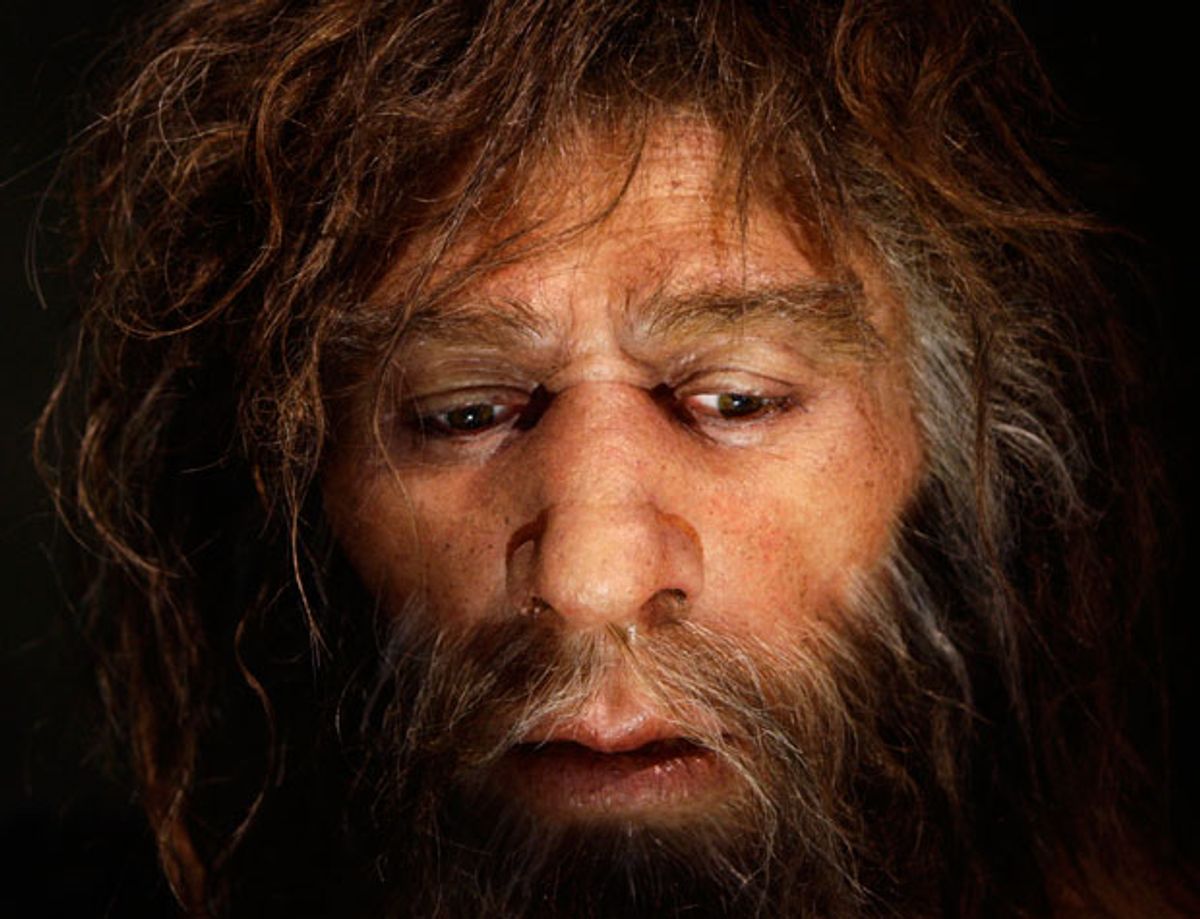Three years ago, an international team of scientists, led by researchers at the Max Planck Institute for Evolutionary Anthropology, in Leipzig, Germany published the first draft of the Neanderthal genome. Now the German group says they have computed a much higher quality genome.
The first draft was decoded using DNA fragments collected from three different bone pieces. The researchers have generated the new version from one toe bone, so it represents the genome of a single Neanderthal individual. They plan to publish a scientific paper later this year, but have already made the entire sequence freely available online for other scientists.
Computing the DNA blueprint of an extinct species is no easy task. Sophisticated DNA sequencing and computing techniques helped the team put together the first draft of the roughly 3.2-billion base-pair long genome (about the size of a modern human genome).
One challenge is that DNA fragments from fossil bones are typically only about 50 bases long; once these fragments are sequenced, assembly algorithms sort through the short sequences and string them together into longer and longer sections. During sequencing, though, some base positions get sequenced multiple times and others are missed completely. In the 2010 draft version, each position was determined once on average. New sequencing techniques the group has developed over the past two years have allowed them to sequence every position in the genome 50 times on average.
“Seeing each position that often dramatically reduces the chance that we make an error in the sequence,” says Janet Kelso, a bioinformatics researcher at the Max Planck Institute. “This 50-fold coverage Neanderthal genome is as good as, or better than the genomes that have been sequenced for many present-day humans.”
Here’s the caveat: when genomes are sequenced with next-generation sequencing technologies, some regions, typically those composed of highly repetitive sequences, simply cannot be confidently reconstructed, says Kelso. So these regions are generally not included in the final sequence.
That’s why this ARS Technica article boldly, and rightly, says that the Neanderthal genome is not complete even though it’s about as good as we can probably get with prehistoric genomes.
But as Kelso points out, the problem exists for all genomes, be they old or new. “In this sense, I would argue that there is no complete human genome—modern or ancient!”
Photo: Nikola Solic/Reuters
Prachi Patel is a freelance journalist based in Pittsburgh. She writes about energy, biotechnology, materials science, nanotechnology, and computing.



